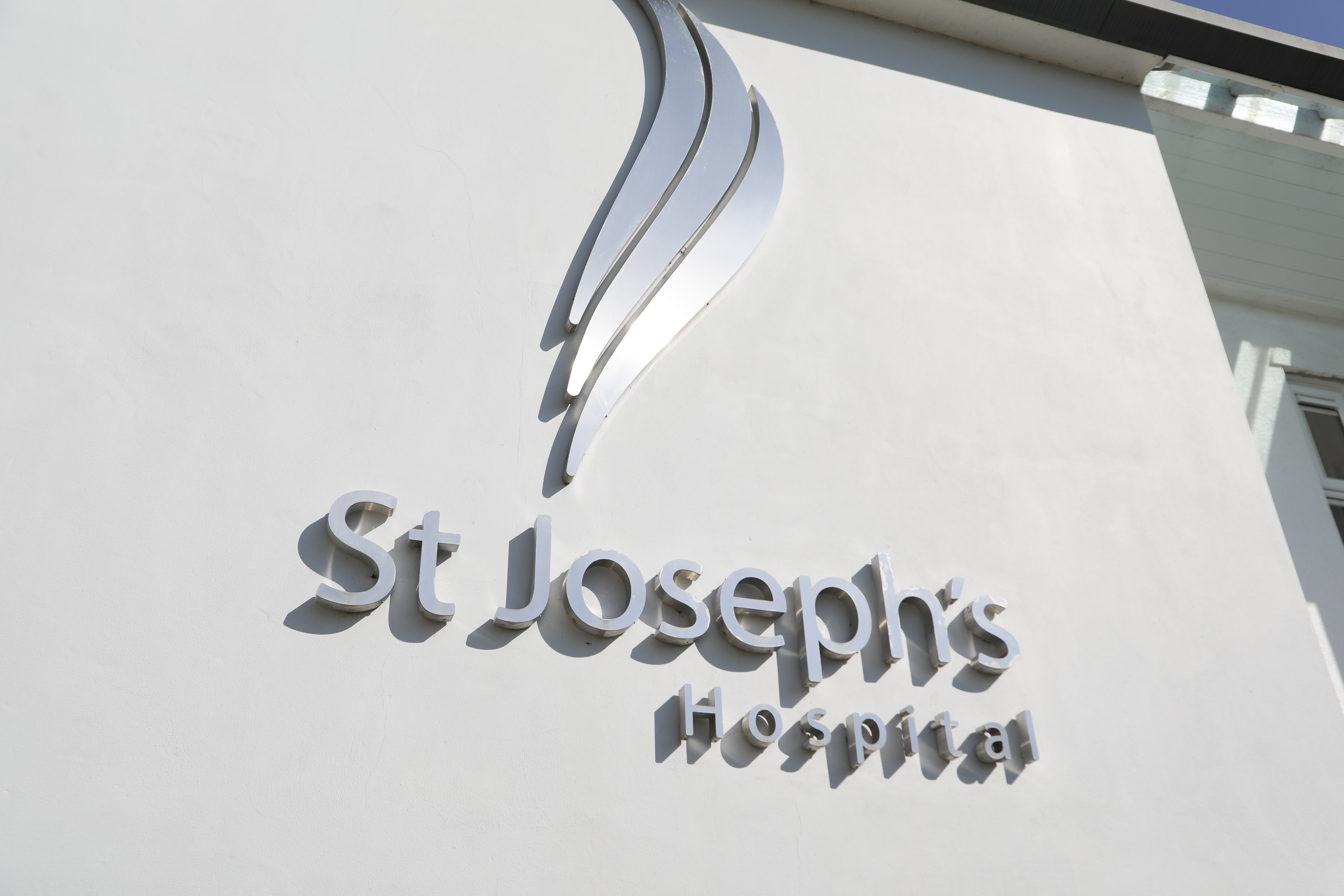
Mr David Lewis
Vascular and Endovascular Surgeon
- Vascular Surgery
- Self-pay/Insured
What are Varicose Veins

Other than cosmetic concerns, the commonest symptoms from varicose veins are aching, discomfort, and heaviness of the legs. These symptoms are usually worse at the end of the day.
In a few people, the high pressure in the veins causes damage to the skin near the ankle, which can appear like brown staining of the skin or eczema (flaky, itchy skin).
Ulceration of the leg may occur if these skin changes are allowed to progress, or if the skin is injured.
Other problems that varicose veins can cause are phlebitis and bleeding. Phlebitis, or thrombophlebitis, means inflammation of the veins. The affected veins become hard and tender. This is not the same as deep vein thrombosis (DVT) and is not usually dangerous.
The risk of bleeding as a result of injury to varicose veins worries many people, but this is very rare.

Our transparent pricing and bespoke packages allow you to pay for the treatments and services you need, when you need them.

Many of our dedicated consultants have partnered with insurance companies to give you peace of mind with your health.
For more information call one of our friendly patient advisors or book online using the button below.